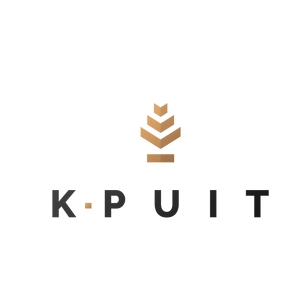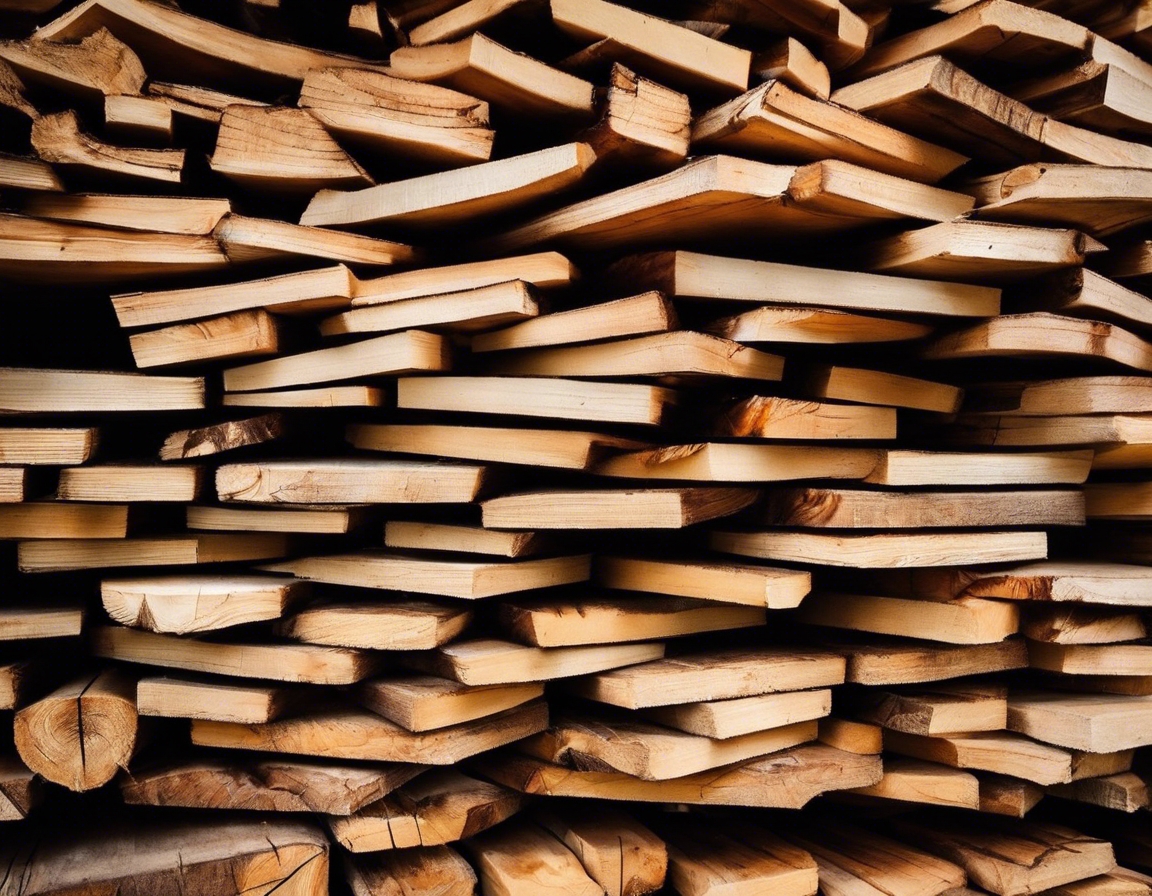The ultimate guide to selecting quality lumber
Lumber is the backbone of the construction industry, providing the structural framework for countless homes and buildings. Selecting the right lumber is crucial for the integrity and longevity of a construction project. High-quality lumber ensures stability, durability, and resistance to environmental factors, which is why it's a top priority for homeowners, contractors, and architects alike.
Several factors contribute to the quality of lumber, including species, grade, moisture content, size, and the presence of defects. Understanding these factors can help you make informed decisions when selecting lumber for your construction needs.
Types of Lumber
Softwoods, derived from coniferous trees, are commonly used in construction due to their ease of use and cost-effectiveness. Hardwoods, from deciduous trees, are typically used for their aesthetic appeal and durability in interior finishes and furniture. The choice between softwood and hardwood depends on the specific requirements of your project.
Engineered wood products, such as laminated veneer lumber (LVL) and oriented strand board (OSB), offer enhanced performance and uniformity. They are excellent alternatives to traditional lumber, especially in applications requiring high strength and stability.
Grading Systems for Lumber
Lumber grades provide a standardized way of assessing the quality of wood. Higher grades indicate fewer defects and a more uniform appearance, which is essential for projects where aesthetics are important. Lower grades are more economical and suitable for structural applications where appearance is less critical.
In the United States, organizations like the American Lumber Standard Committee (ALSC) and the National Lumber Grades Authority (NLGA) set the standards for lumber grading. It's important to familiarize yourself with these standards to ensure you're getting lumber that meets your project's requirements.
Moisture Content and Its Impact
Moisture content significantly affects the quality of lumber. Wood that is too wet can warp, shrink, or develop mold, while wood that is too dry may crack or split. Ideal moisture levels vary depending on the intended use of the lumber and the climate in which it will be used.
Moisture meters are essential tools for measuring the moisture content of lumber. They provide a quick and accurate reading, allowing you to select lumber that has been properly dried or treated for your specific needs.
Size and Dimensional Stability
Lumber is typically sold in standard sizes, which are designed to meet the needs of the construction industry. Familiarizing yourself with these dimensions can help you plan your project and estimate costs more accurately.
Dimensional stability refers to the lumber's ability to maintain its size and shape over time. This is particularly important in environments with fluctuating humidity levels, as it ensures the structural integrity of the construction.
Identifying Defects in Lumber
Defects in lumber, such as knots, splits, and warping, can compromise its strength and aesthetic value. Being able to identify these defects is crucial when selecting lumber for your project.
While some defects are purely cosmetic, others can have a significant impact on the lumber's structural properties. It's important to assess the severity of defects and determine their acceptability based on the intended use of the lumber.
Sustainability and Eco-Friendly Lumber Choices
With a growing emphasis on environmental responsibility, choosing lumber with sustainability certifications, such as the Forest Stewardship Council (FSC), can make a positive impact. These certifications ensure that the wood comes from responsibly managed forests and adheres to strict environmental standards.
When selecting eco-friendly lumber, consider the source, the manufacturing process, and the lifecycle of the product. Opting for locally sourced lumber can reduce transportation emissions, and choosing products with a lower environmental footprint can contribute to a more sustainable construction industry.
Where to Buy Quality Lumber
Finding a reputable lumber supplier is key to obtaining high-quality materials for your project. Look for suppliers with a good track record, positive customer reviews, and a commitment to providing the best products and services.
While online suppliers offer convenience and a wide selection, local lumber yards provide the advantage of seeing the lumber firsthand and supporting local businesses. Weigh the pros and cons of each option to decide which is best for your needs.






Comments (0)